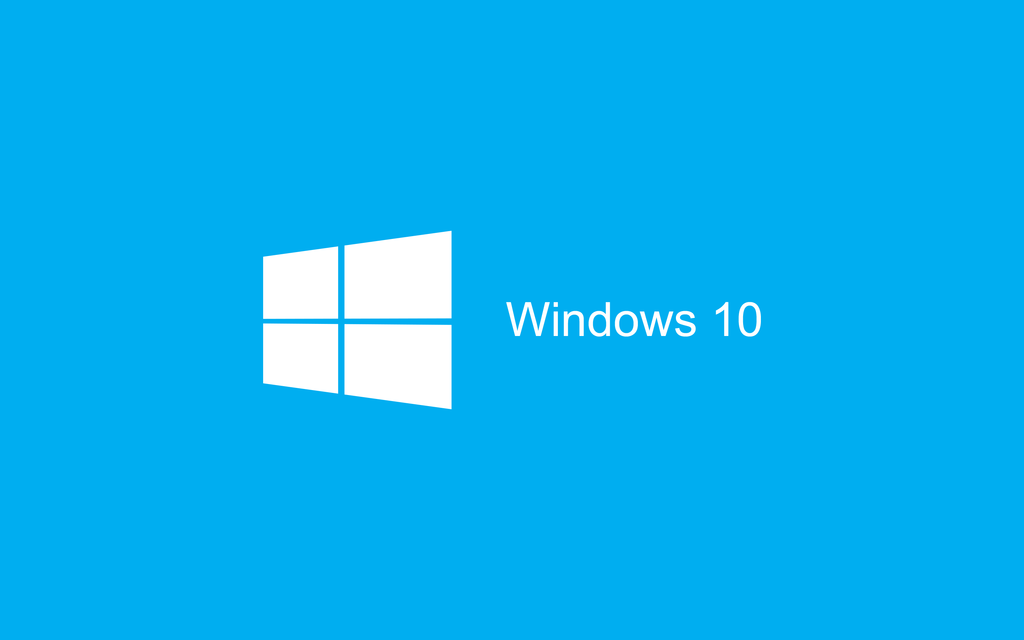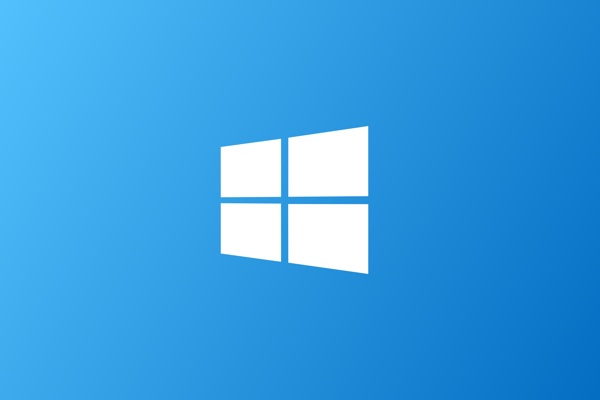 Windows 10 is here. But unlike any other Windows release ever before, the situation with licensing and upgrades is quite different – and rather unclear. Who is entitled to a free copy of Windows 10, can you activate with your existing product key, what happens when you want to perform a clean install, how does Windows 10 activation work, who is covered by the free Windows 10 upgrade license, and more are questions going through everyone’s head.
Windows 10 is here. But unlike any other Windows release ever before, the situation with licensing and upgrades is quite different – and rather unclear. Who is entitled to a free copy of Windows 10, can you activate with your existing product key, what happens when you want to perform a clean install, how does Windows 10 activation work, who is covered by the free Windows 10 upgrade license, and more are questions going through everyone’s head.
Ever since Microsoft released Windows 10 last week, we’ve been receiving a flurry of emails pertaining to our free Product Key Tool for Windows, used to recover or retrieve the product key embedded in the BIOS/UEFI that can be used to activate a copy of whatever version of Windows your PC shipped with. And we’ve been replying to these emails on a case-by-case basis as our developers and testers have been putting Windows 10 (and by extension, its activation servers) through the works to try and figure out, all FUD aside, what really is the deal with activating Windows 10. Without further ado, here are our findings.

 Easy USB Creator 2.1 has been released and is available for immediate download, complete with support for Windows 10, improved support for creating more-reliable bootable USB sticks than ever before, and more.
Easy USB Creator 2.1 has been released and is available for immediate download, complete with support for Windows 10, improved support for creating more-reliable bootable USB sticks than ever before, and more.
 If you’re a developer working on or maintaining a website catering to the general public, chances are you’ve implemented some form of password reset via security question-and-answer into your site. How are you storing the answers to these questions in your database? Are you encrypting them? Storing the (hopefully cryptographic, salted) hashes? Or are you storing them plain text?
If you’re a developer working on or maintaining a website catering to the general public, chances are you’ve implemented some form of password reset via security question-and-answer into your site. How are you storing the answers to these questions in your database? Are you encrypting them? Storing the (hopefully cryptographic, salted) hashes? Or are you storing them plain text?


 With Windows 10 just around the corner, we’re mighty happy to report that our award-winning Easy Recovery Essentials for Windows is now currently available for absolutely free to all Windows 10 preview and RTM users.
With Windows 10 just around the corner, we’re mighty happy to report that our award-winning Easy Recovery Essentials for Windows is now currently available for absolutely free to all Windows 10 preview and RTM users. Have you ever wondered just what is it, exactly, that happens when you press that simple “power” button on your PC? How does your computer go from electricity reaching the power supply to the BIOS power-up sequence on your screen, how the computer checks attached disks and devices, and how it decides which to load from?
Have you ever wondered just what is it, exactly, that happens when you press that simple “power” button on your PC? How does your computer go from electricity reaching the power supply to the BIOS power-up sequence on your screen, how the computer checks attached disks and devices, and how it decides which to load from?